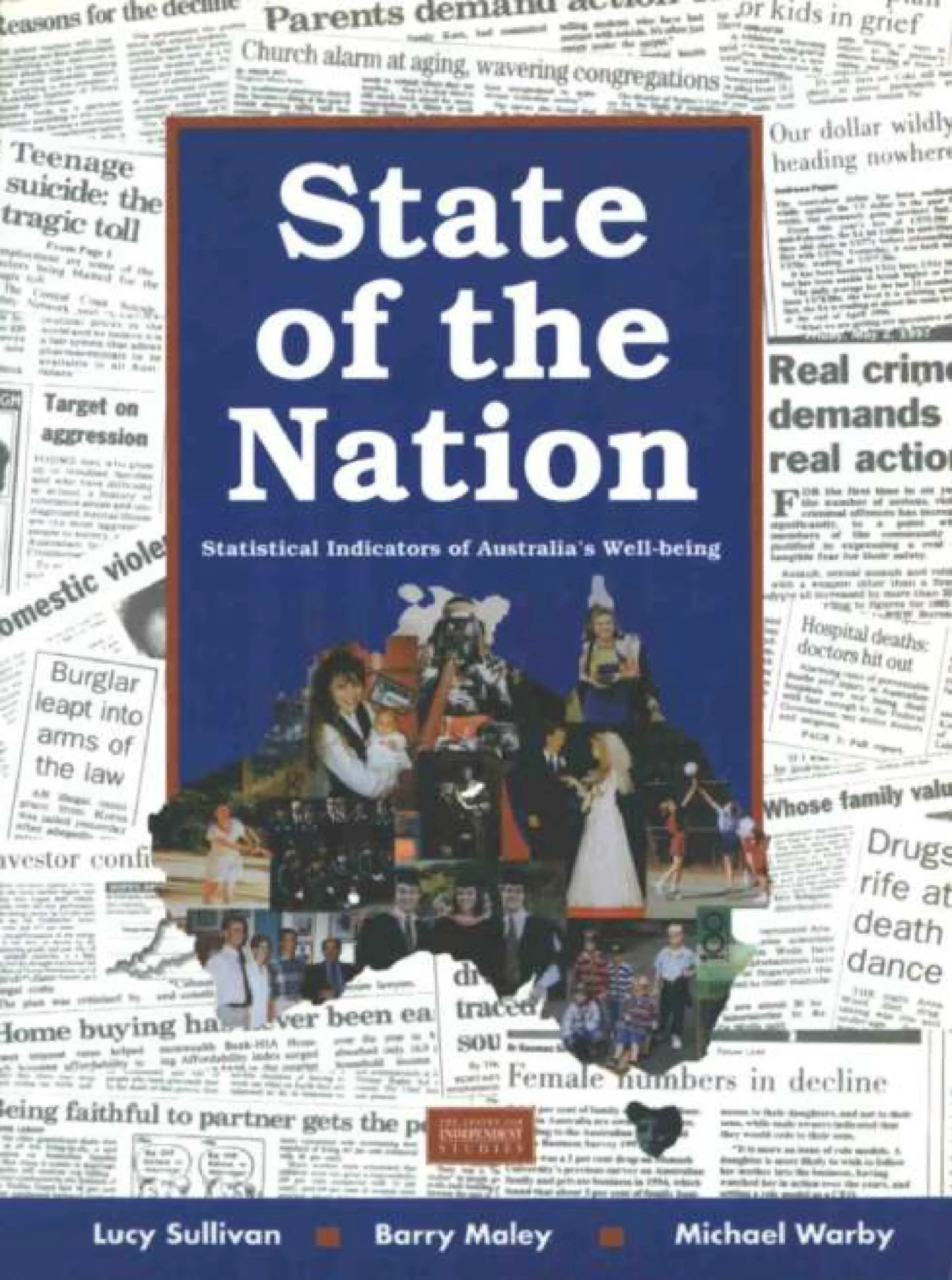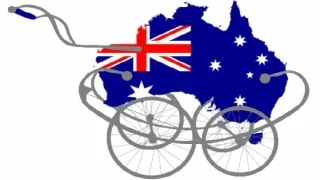
Australia today is very different from the Australia of 100 years ago, or 50 years ago. or even 25 years ago. Yet it is not easy, even for professional social scientists, to grasp the magnitude and direction of changes in a wide range of social, cultural and economic affairs. We know of no single publication that gives a relatively brief, non-technical, soundly-based, and accessible panorama of major changes and the present state of key aspects of our society and economy. State of the Nation is is intended to serve that purpose for social scientists, policy makers, editorialists, teachers, journalists business and labour leaders, politicians, the general reader, and the taxpayer.
At no previous time in our history has it been possible for such a large proportion of the population to communicate with each other or to have cheap and ready access to a wealth of information. The possibilities for informed discussion of the many matters affecting the well-being of the country have never been greater. It is therefore surprising how often the quality of public discussion and debate falters through ignorance of well-established trends or misunderstanding of crucial social and economic facts This is partly due to the difficulty of gathering the information
and putting it together in a revealing way. This book has been written with that need in mind.
At the heart of the pages which follow is an array of ‘social indicators’, presented mainly in graphs and other figures with an accompanying commentary, which illustrate and analyse the nature and degree of change in most of our major social institutions. In many cases, the striking character of the changes, and their relationships to each other, cry out for explanation. So, where it has seemed appropriate to do so, some hypotheses are offered to suggest why trends in two or more areas might be connected But in the main, attempts at detailed explanation are eschewed because that is not the main purpose of this book, which is rather to inform the reader, to suggest the possibility of relationships, and to provoke thought about a wide range of issues and developments.
This book also represents a useful resource and reference compendium of permanent value lo readers with differing interests in social trends of many kinds In many respects the book is unique and, in several areas, uniquely comprehensive. Of special value is the bringing together, for the first lime in a single volume, of sets of social statistics that reach back over the century. These statistics are based upon the data collated by the Australian Bureau of Statistics since Federation. They are brought together here to give a continuous picture of the evolution of changes in behaviour by Australians, and their consequences for some other aspects of society, especially for crime. For example, changes in reproductive and marital behaviour, such as earlier or later marriage, declining fcrtility and changing age structure of the population, have major implications for schooling, the welfare system, taxation, and the genesis of crime. Statistics in these areas can be seen, therefore, as suggesting connections between changes in the areas of behaviour concerned. Such an approach lays a foundation for analysing the causes of social change that future statistics produced by the Australian Bureau of Statistics and others will further illuminate and build upon. Accordingly, the basis laid in this publication will
undoubtedly support any future work of a similar kind that might be undertaken by the Centre for Independent Studies.











